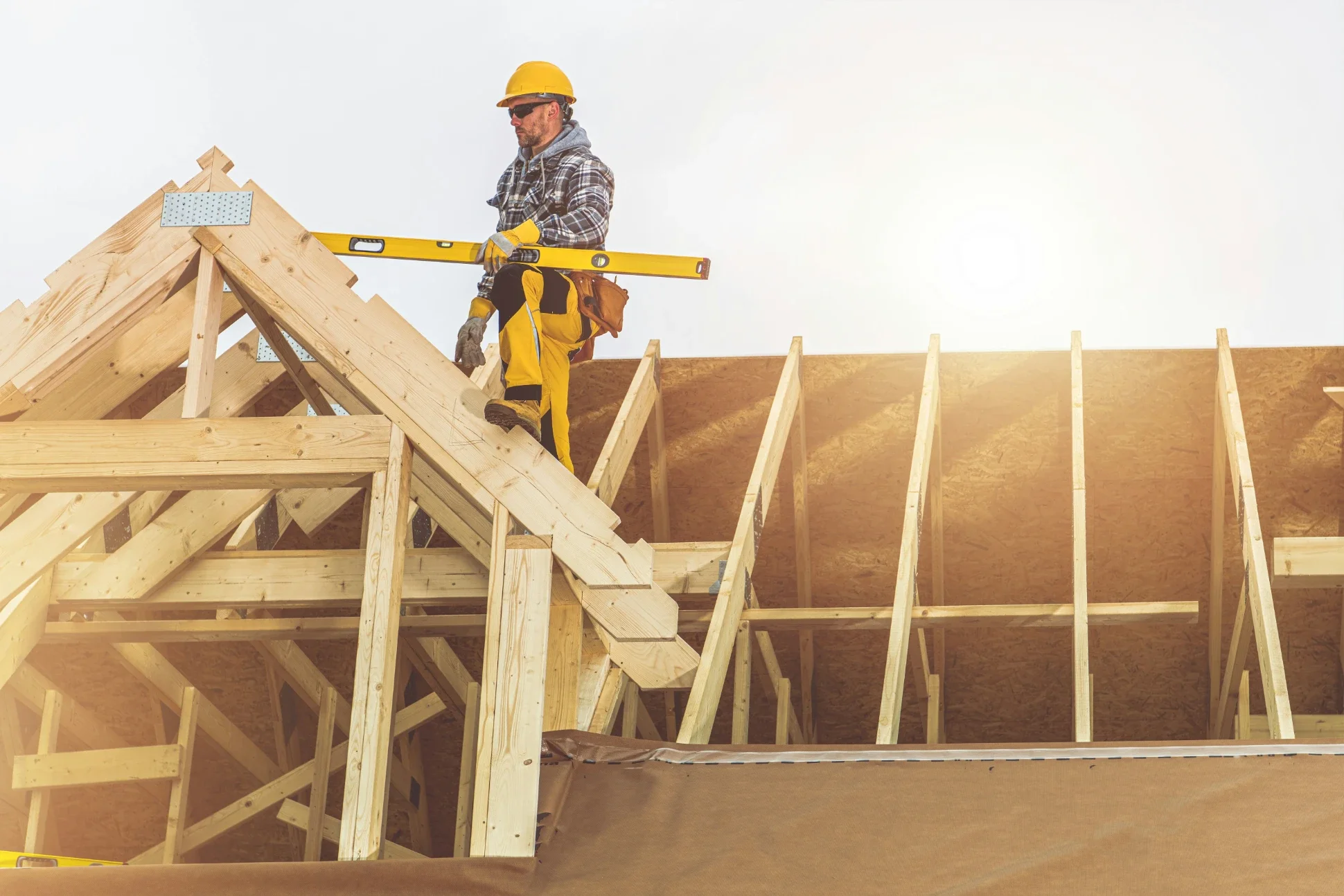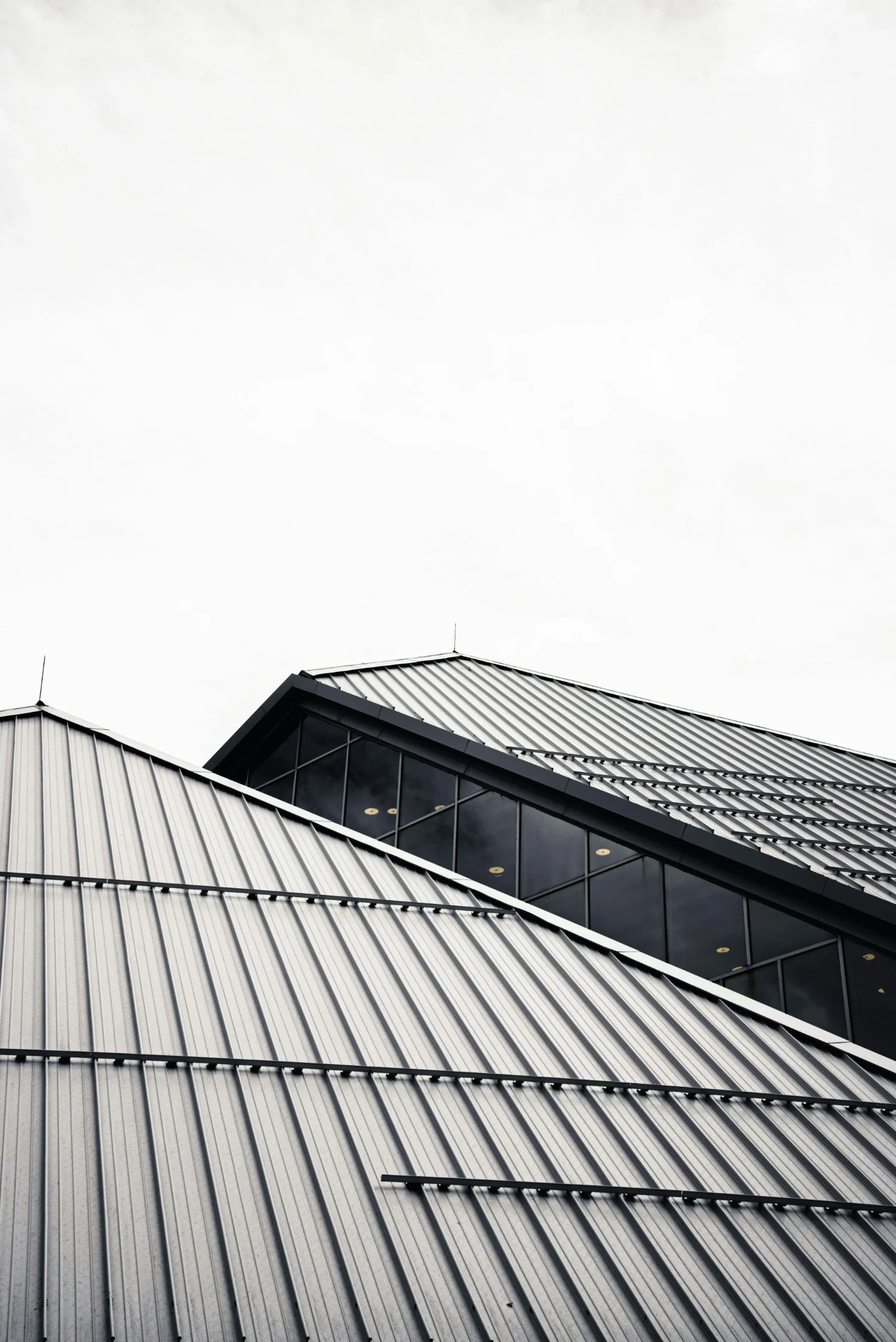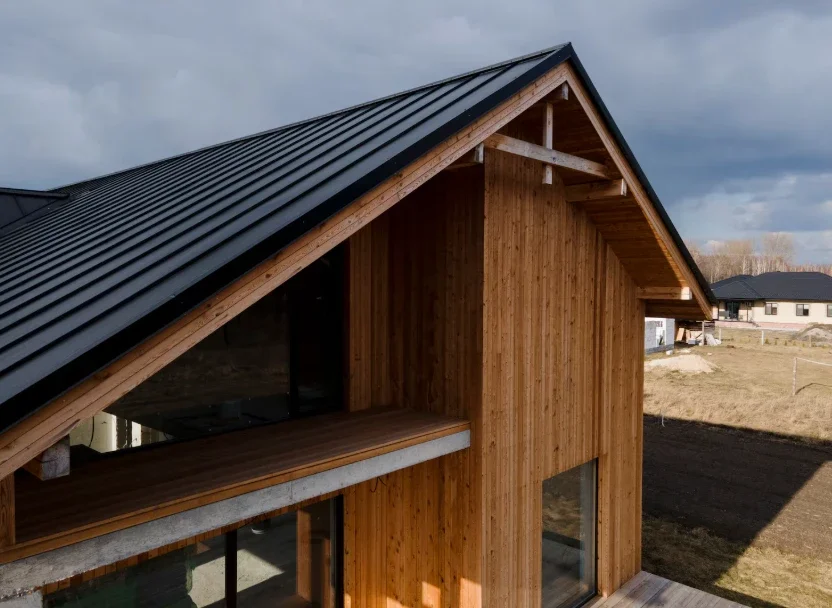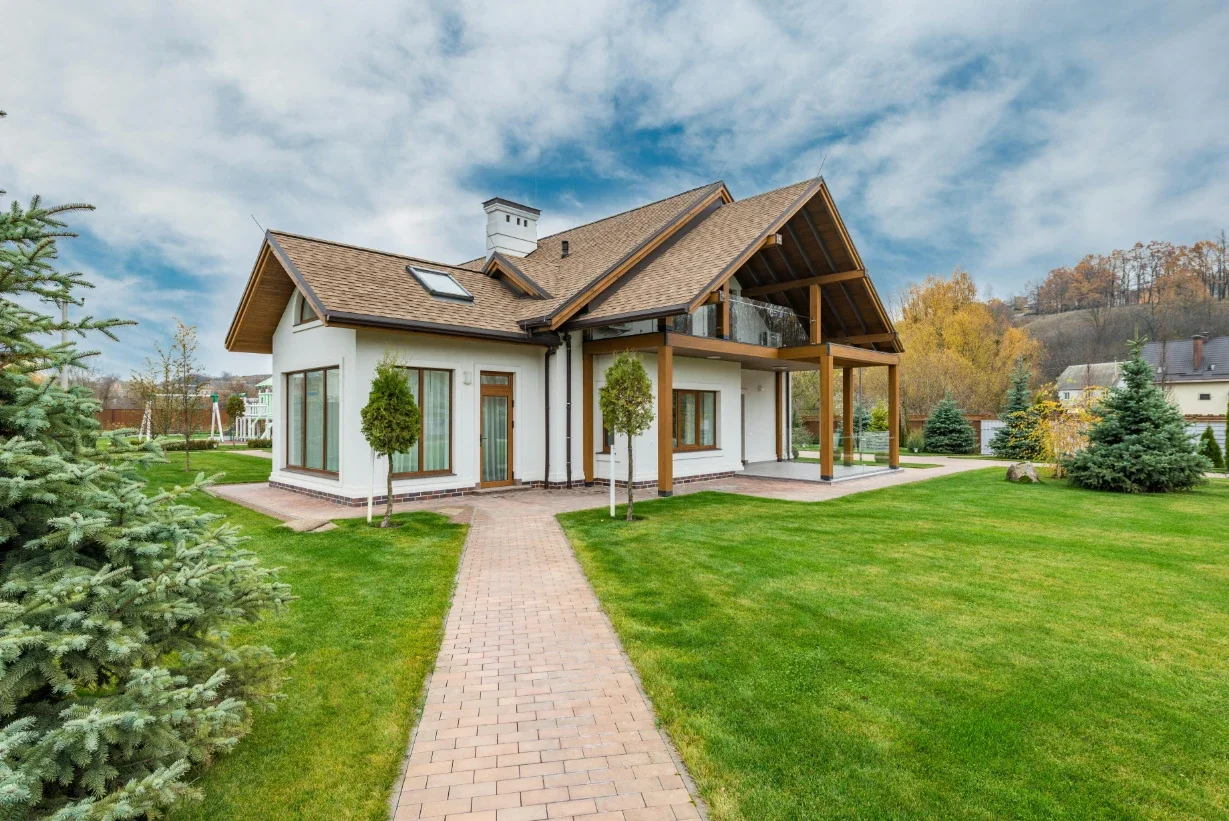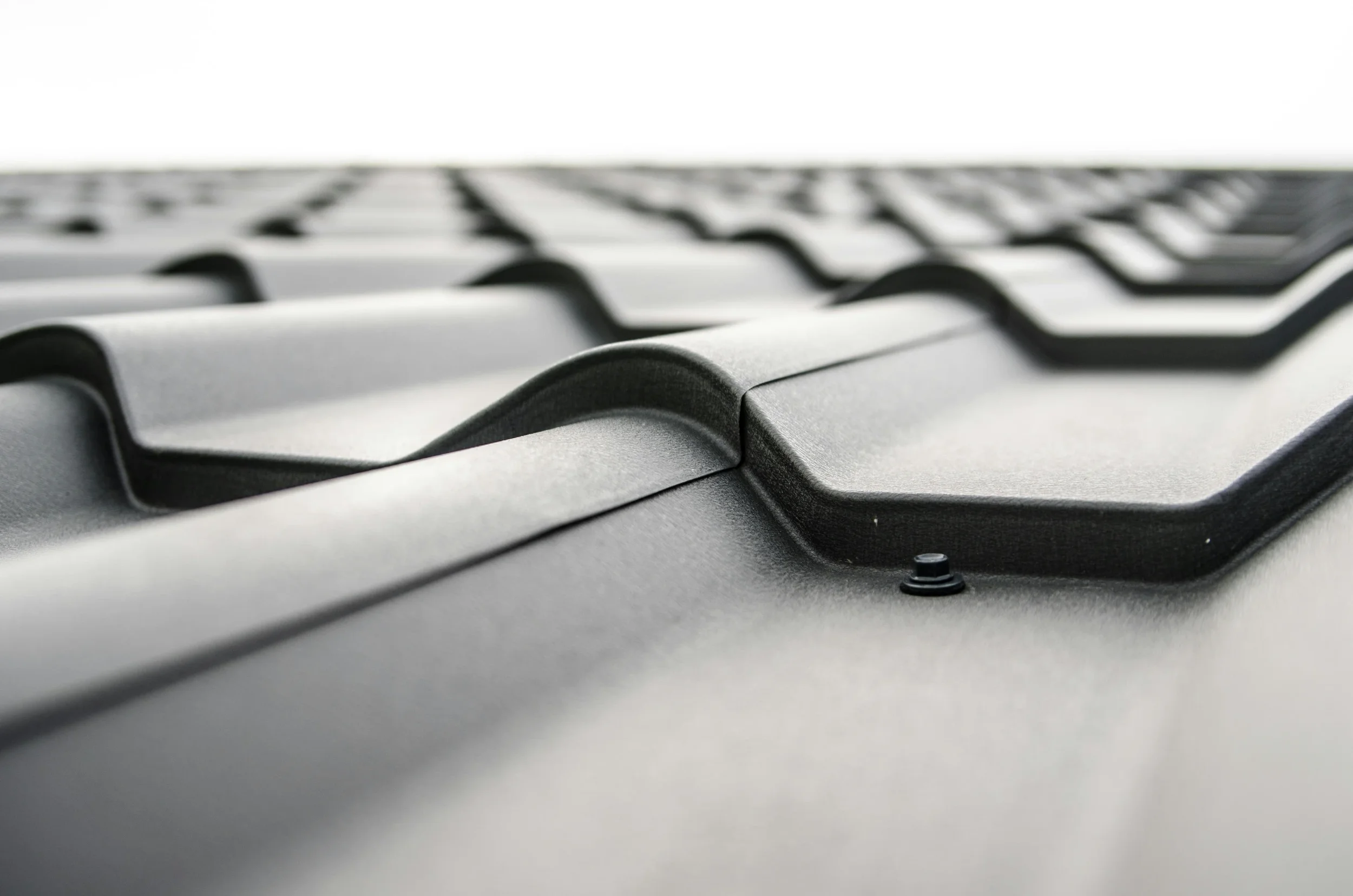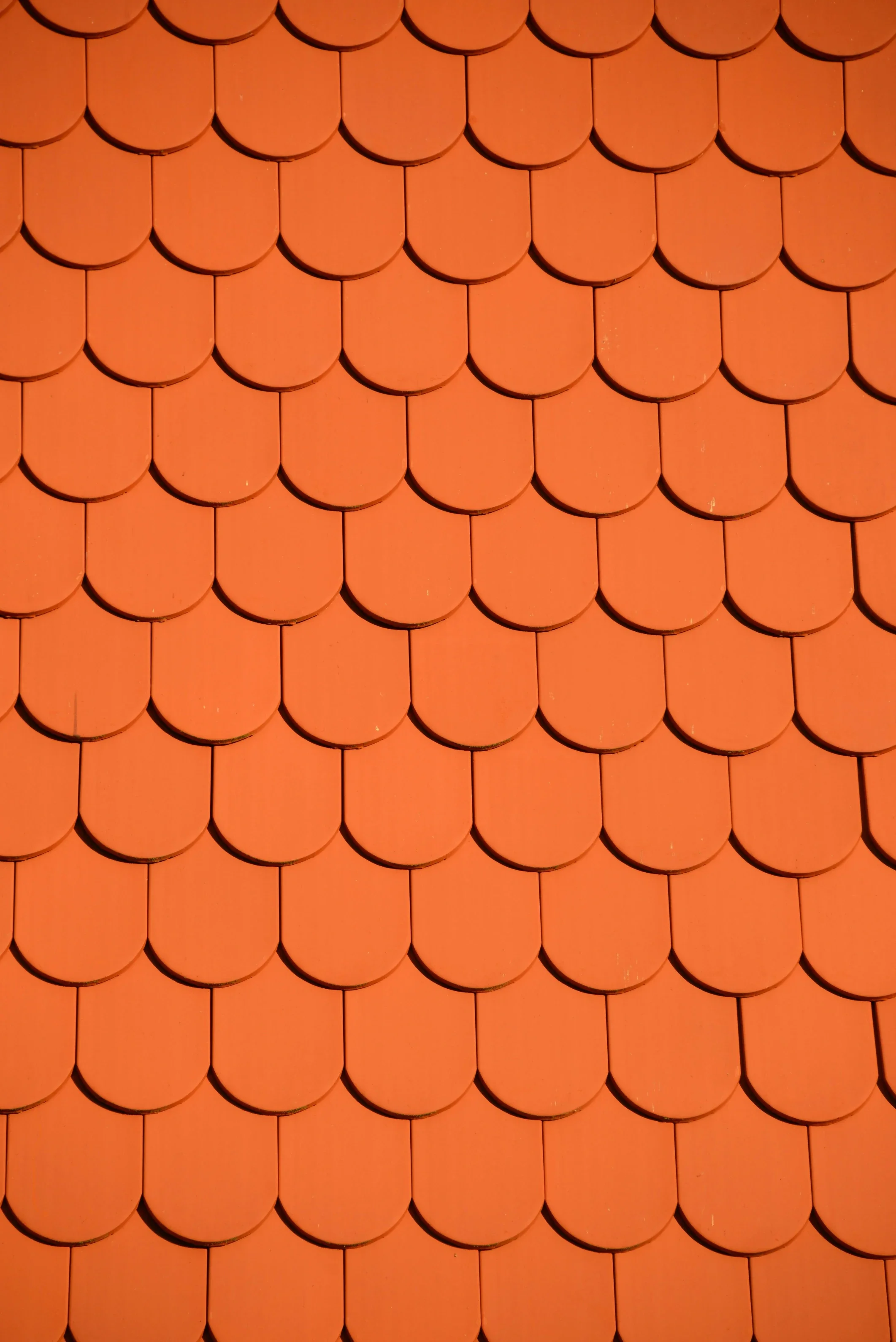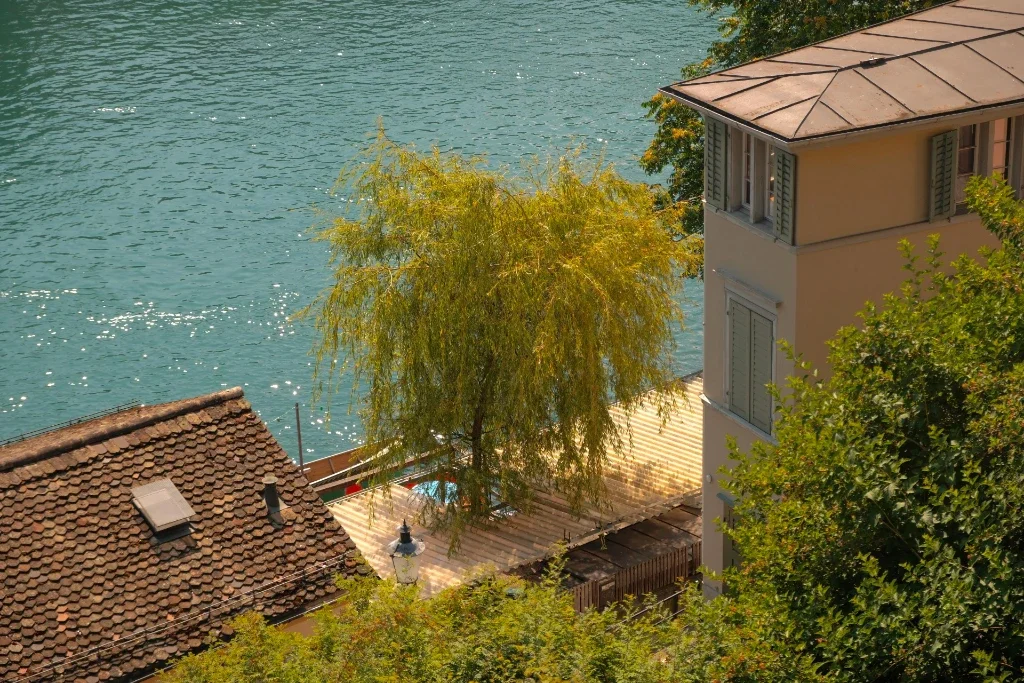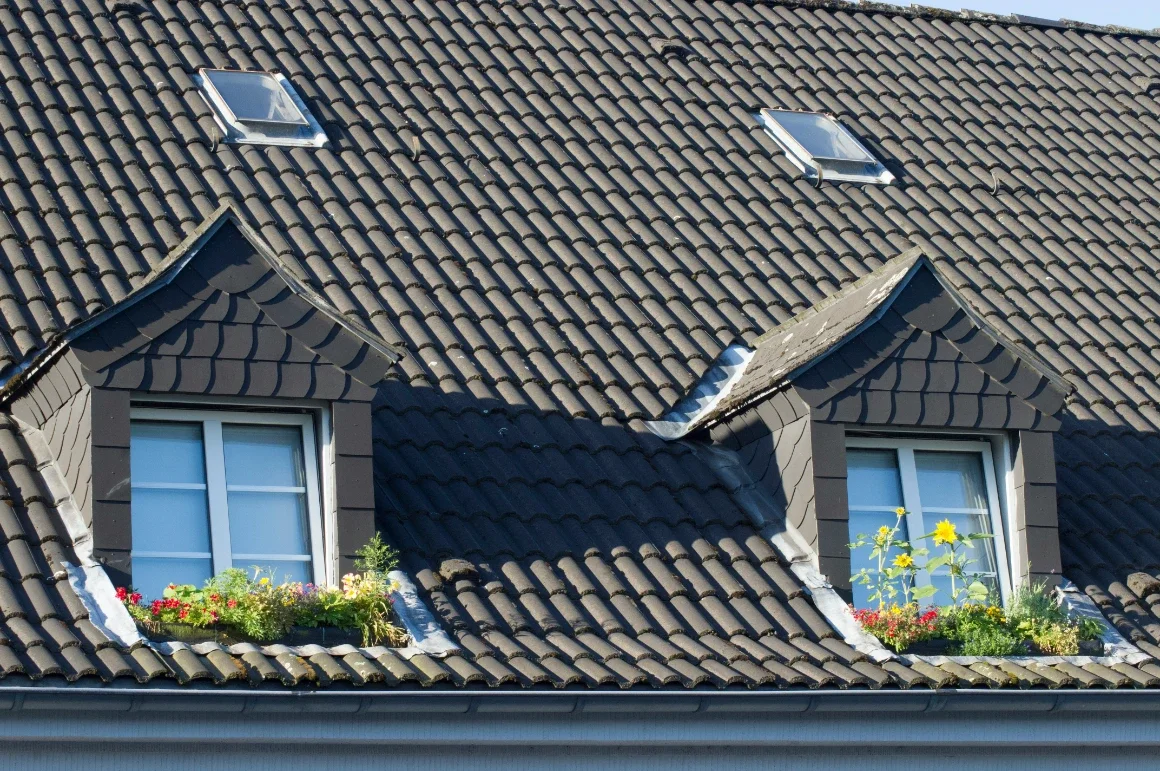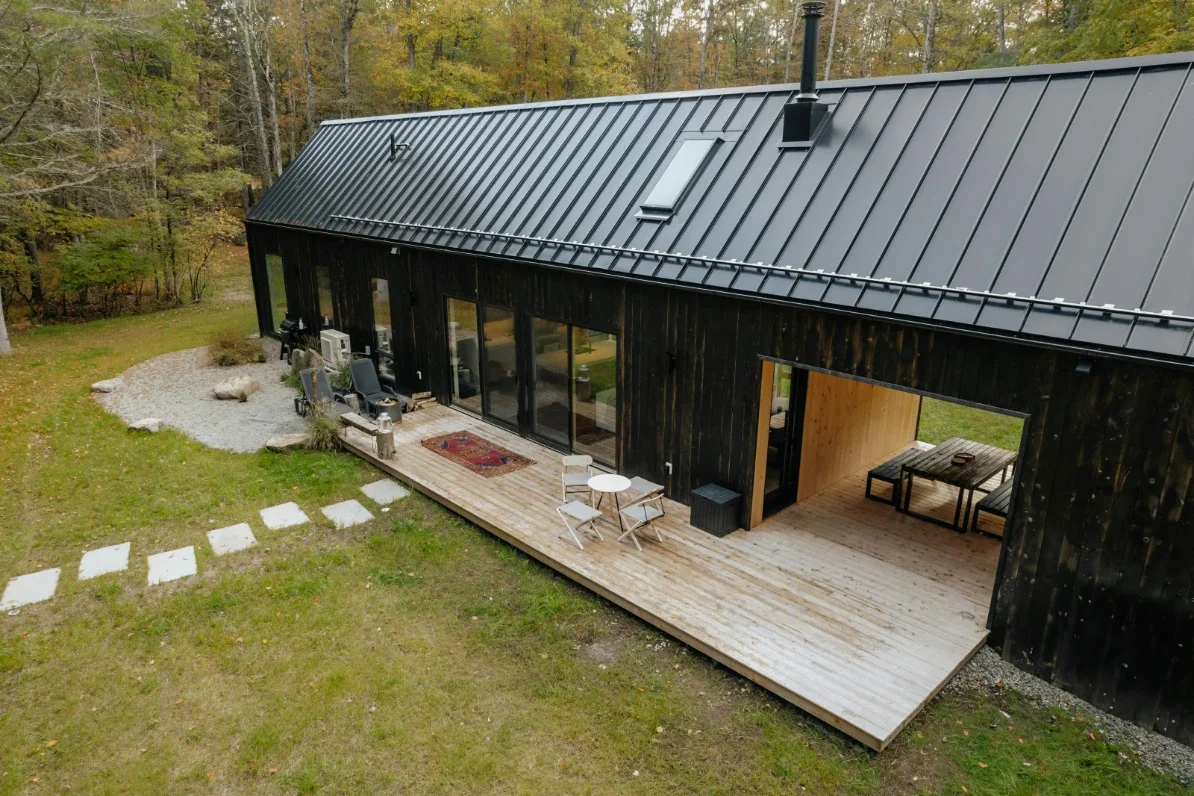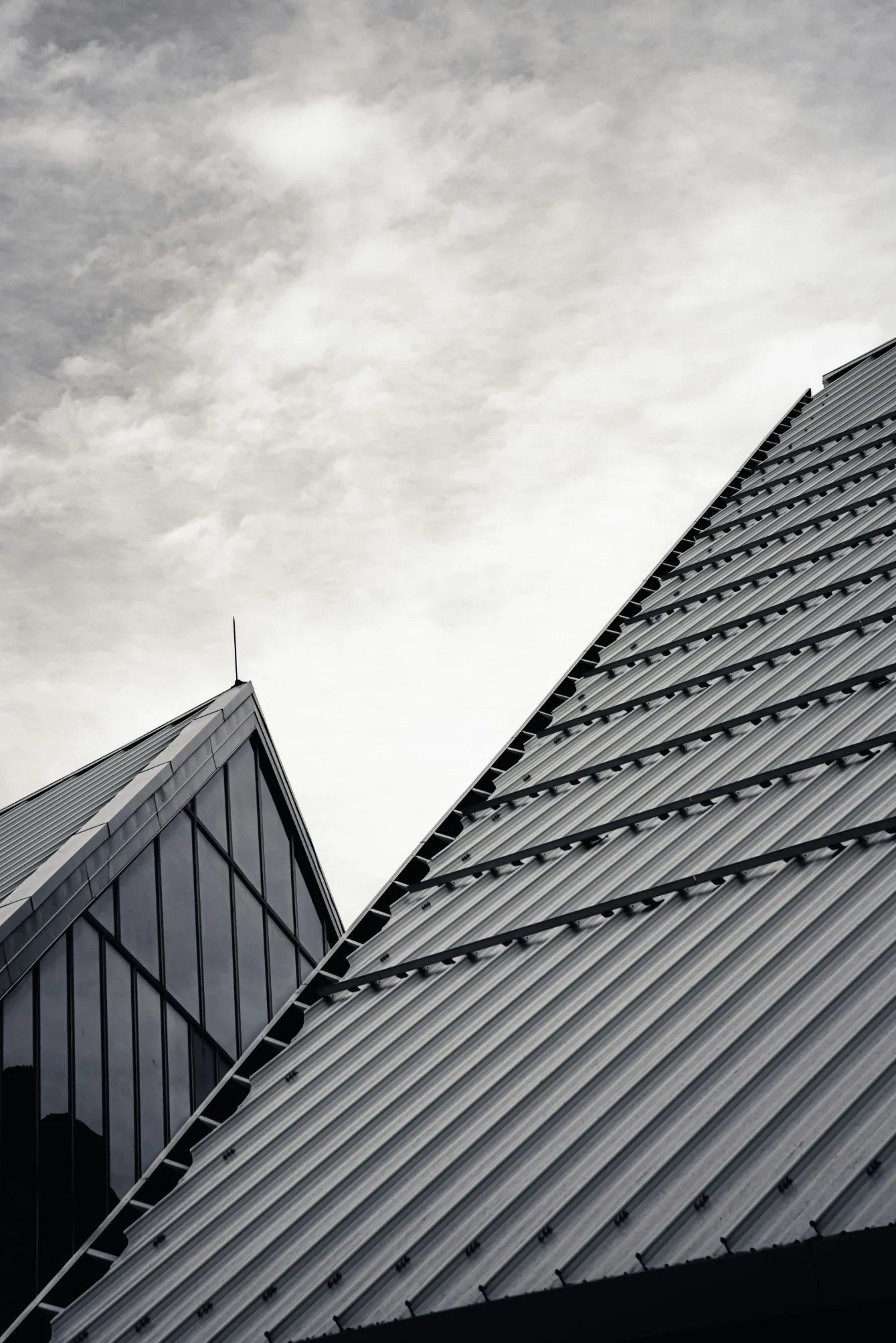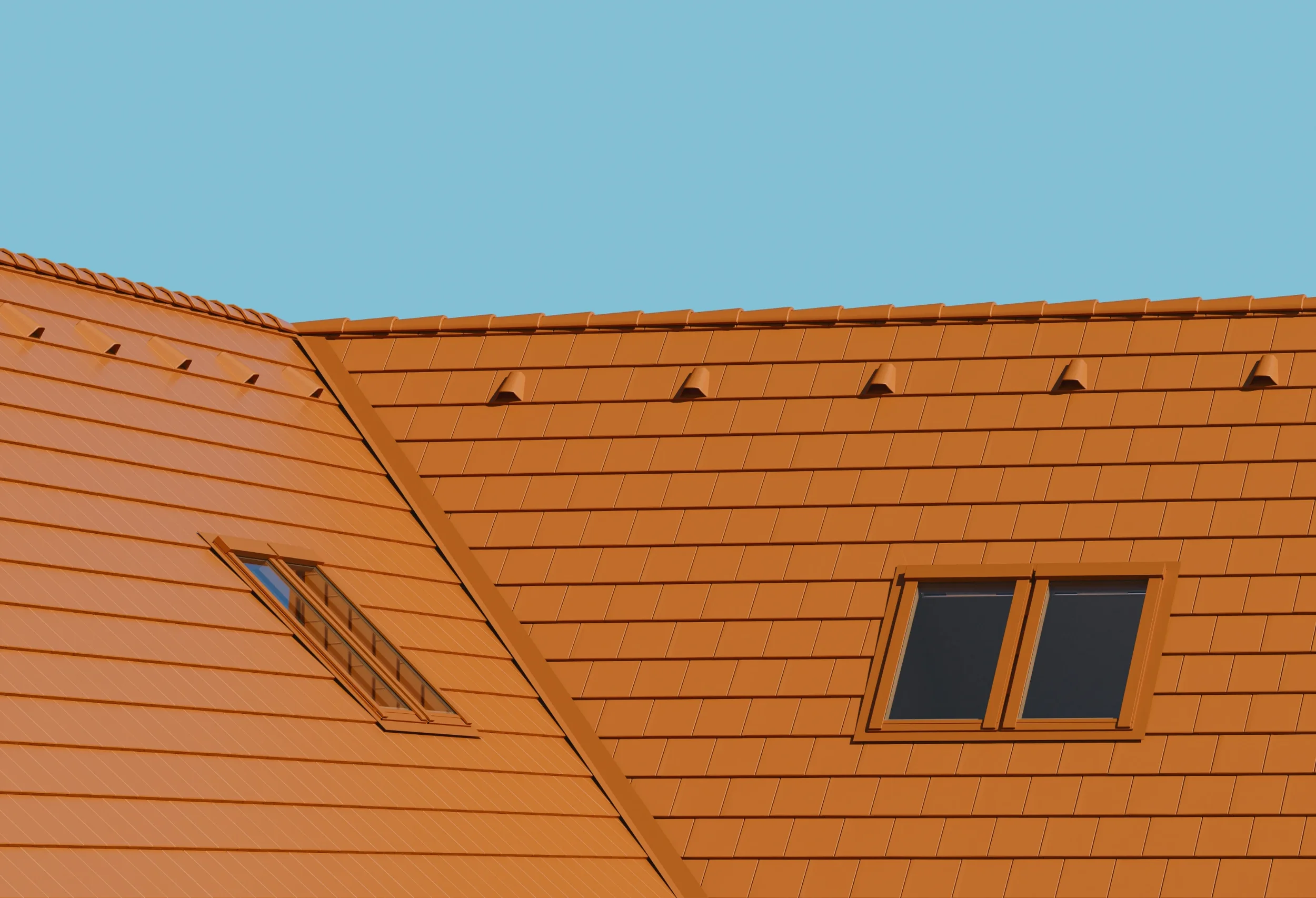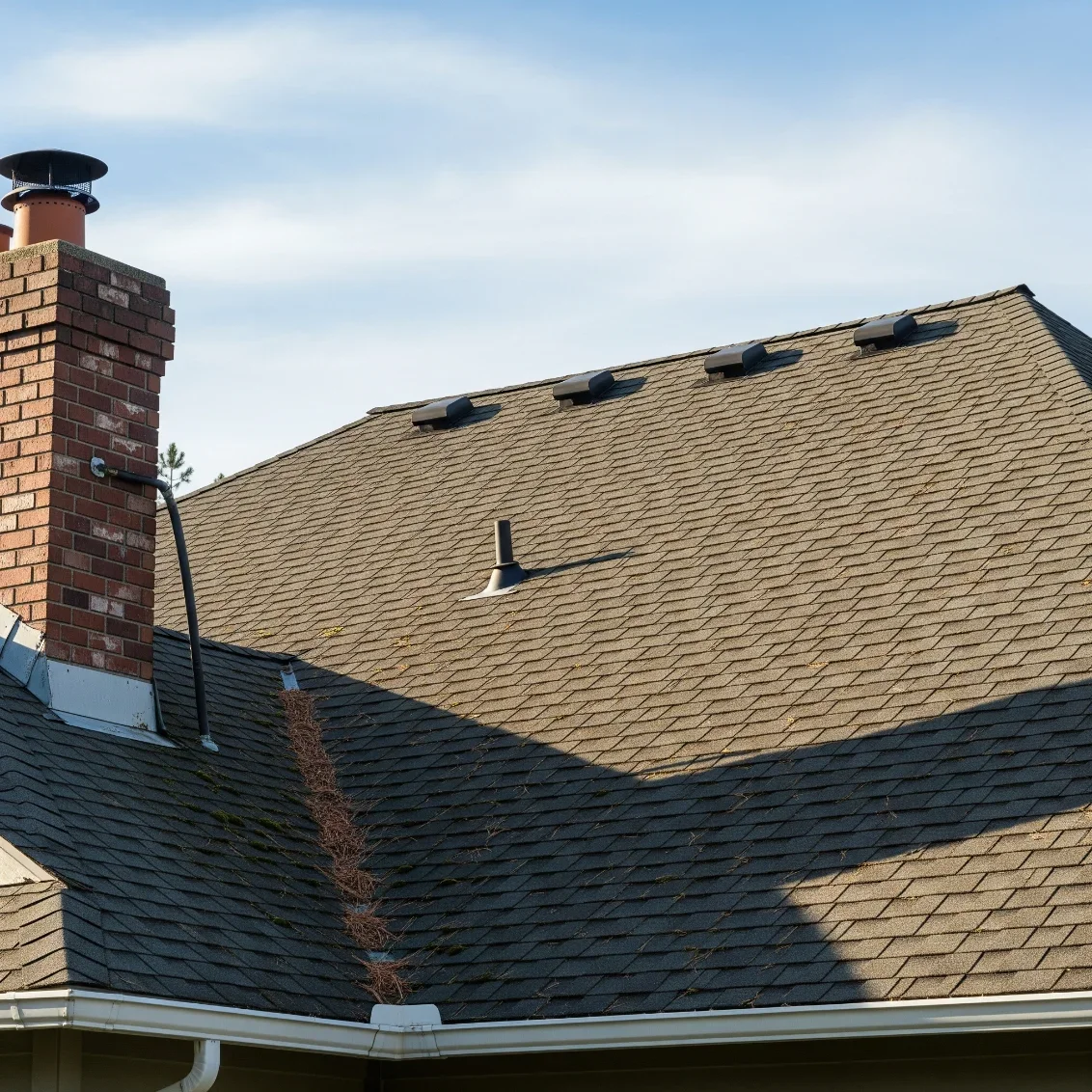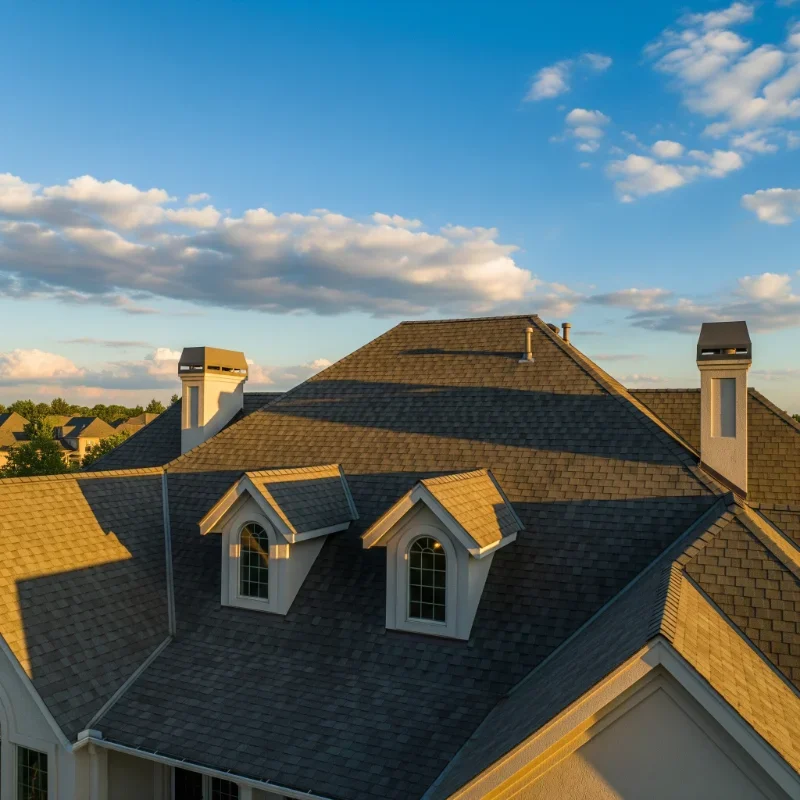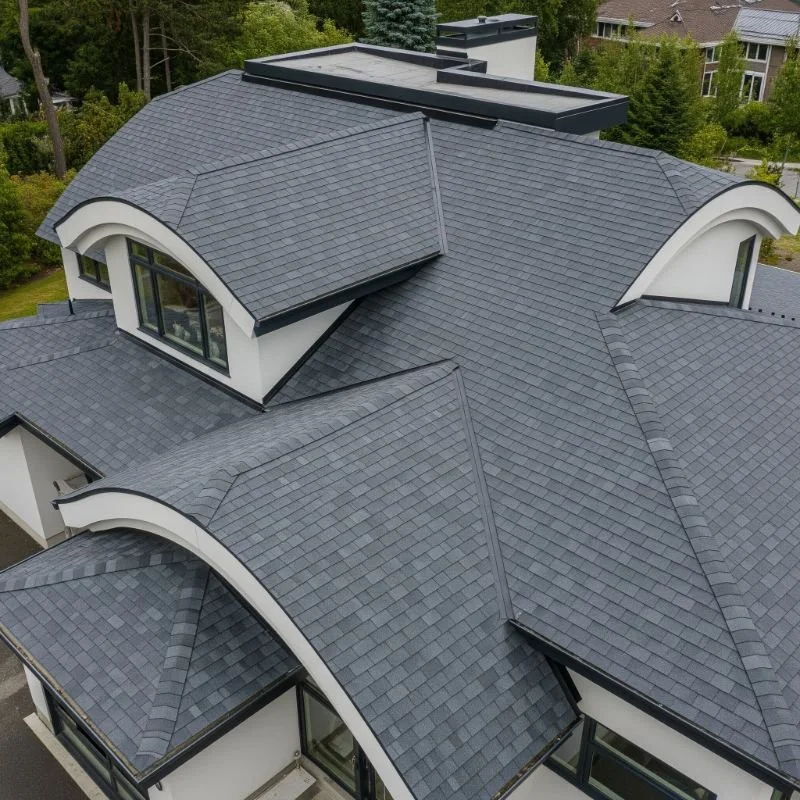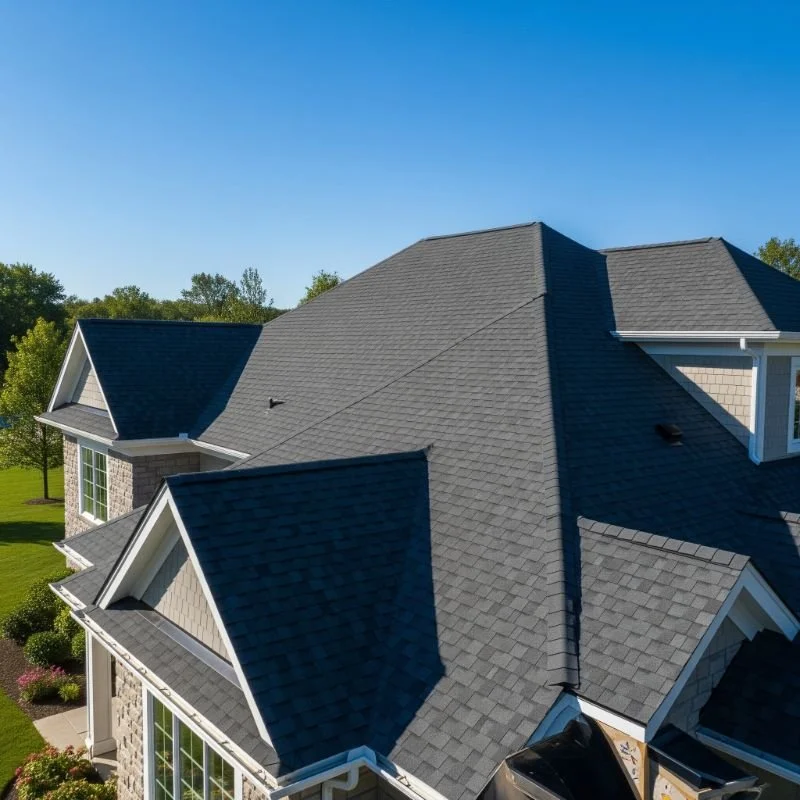Roofing Trends Reshaping Homes Across Pennsylvania
Discover the latest roofing trends transforming homes across Pennsylvania and learn how modern materials and designs enhance style and durability.
Roofing standards are changing across Pennsylvania. In a state where homes face everything from snow loads to summer heatwaves, more homeowners are replacing outdated roofs with systems that prioritize performance, efficiency, and longevity.
This shift is visible statewide—from small towns with aging homes to fast-growing suburbs seeing new builds. Homeowners are asking better questions, not just about what materials to use, but who is qualified to install them correctly for local conditions.
Companies like American Remodeling Enterprises, which installs roofing systems throughout Central and Eastern Pennsylvania, are helping define what modern roofing looks like in the state. Their work reflects a broader move toward full roof replacements, energy-smart upgrades, and materials chosen for durability—not just aesthetics.
1. Metal Roofing
Metal roofing is gaining ground across Pennsylvania, especially in areas where traditional shingles struggle with wind, hail, or freeze-thaw cycles. Homeowners are choosing metal not just for its durability—often 40 to 70 years—but for its low maintenance and ability to shed snow and ice efficiently.
It’s also a practical energy decision. In summer months, reflective metal surfaces can reduce attic heat, lowering cooling costs. For homes in both rural and suburban areas, metal roofing offers a high-performance upgrade that aligns with long-term property planning.
Pennsylvania homeowners, especially those replacing older asphalt systems, are increasingly looking at metal as a once-and-done solution that holds up under the region’s variable weather.
2. Insulated Roofing Systems
As energy costs rise and building codes evolve, insulated roofing systems are becoming a standard feature in Pennsylvania roof replacements. Rather than relying solely on attic insulation, these modern systems integrate insulation directly into the roofing structure—creating a tighter, more efficient building envelope.
This is especially relevant for Pennsylvania’s older homes, many of which were built without adequate ventilation or thermal control. By combining insulation, underlayment, and proper airflow, these roofs help stabilize indoor temperatures, reduce HVAC strain, and lower monthly utility bills.
Contractors who specialize in full-system replacements are leading the shift, often upgrading both the roof deck and attic ventilation during installation. For homeowners, the result is not just a better roof—but a more comfortable, cost-efficient home year-round.
3. Architectural Asphalt Shingles
Architectural asphalt shingles remain the most widely used roofing material across Pennsylvania—and for good reason. They offer a practical mix of affordability, improved durability, and visual appeal that suits everything from older farmhouses to modern suburban homes.
What’s changed in recent years is the quality. Today’s shingles are thicker, more wind-resistant, and available in a wider range of textures and colors. Many are backed by limited lifetime warranties and designed to mimic the layered appearance of slate or wood shake—without the cost or maintenance.
Because these shingles match well with Pennsylvania’s diverse home styles and weather demands, they continue to be a go-to option for homeowners seeking a strong, cost-effective upgrade without stepping into premium roofing tiers.
Conclusion
Pennsylvania homeowners are approaching roofing with a long-term mindset. Whether upgrading for energy efficiency, replacing aging systems, or investing in materials that stand up to local weather, today’s roofing decisions go far beyond surface-level improvements.
The trends reshaping roofs across the state—from metal panels to architectural shingles, insulation upgrades to sustainable materials—reflect a broader shift in how homeowners view their roofs: not just as barriers to the elements, but as critical parts of the home’s performance, value, and comfort.
And while materials matter, so does who installs them. Partnering with contractors who understand Pennsylvania’s unique climate and code requirements remains one of the most important steps in getting a roof that lasts.


